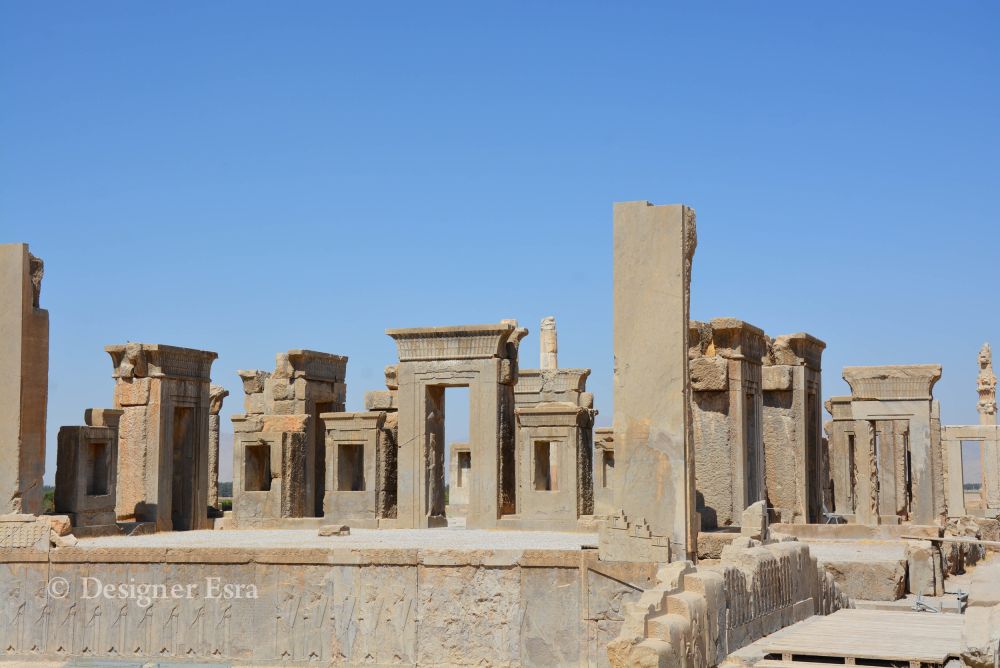

Persepolis, one of the most significant historical sites in the world, is nestled at the foot of the Kuh-e Rahmat or "Mountain of Mercy" in the Fars Province, near Shiraz, Iran. It is a testament to the grandeur of the Achaemenid Empire, which had Cyrus the Great at the helm when it started rising to prominence around 550 BCE. Founded by Darius the Great around 518 BCE, Persepolis, known as 'Parseh' in Persian, was the ceremonial capital where the kings of the empire celebrated Nowruz, the Persian New Year.
The ancient city is famed for its towering columns, majestic palaces, and grandiose sculptures, showcasing the pinnacle of ancient Persian art and architecture. The palatial complex served as a hub for diverse cultural exchanges under the influence of different civilizations, including Egyptian, Median, and Assyrian. Its historical significance was recognized in 1979, when Persepolis was declared a UNESCO World Heritage Site.
The allure of Persepolis as a travel destination dates back to travelers and scholars of the ancient world, with its mention in historical texts. However, modern tourism began to flourish in the late 19th and early 20th centuries, as archaeologists undertook excavations to reveal the city’s past splendors. Since then, it has captivated historians, archeologists, and tourists alike.
By the 1970s, Persepolis was one of the highlights of the Shah’s push to celebrate 2,500 years of the Persian monarchy, attracting global attention including numerous heads of state during the lavish festivities of 1971. However, the Iranian Revolution in 1979 and subsequent years witnessed a steep decline in international tourists.
In recent decades, there has been a resurgence in Iran's tourism industry and Persepolis has reclaimed its status as a top cultural destination. Iran's rich history and civilization propelled Persepolis into a must-visit site for those interested in the ancient world. The number of visitors began to grow steadily, bringing a diverse crowd of global travelers keen to explore the country's cultural heritage.
In line with global tourism trends towards sustainability and authenticity, recent visitors to Persepolis seek more than just sightseeing; they are eager for engaging storytelling, immersive experiences, and understanding of the historical context of the site. There is an increasing demand for knowledgeable local guides who can provide deeper insight into the intricate history of Persepolis and its architecture.
Cultural Tourism: With Persepolis being an icon of cultural tourism, visitors are looking to combine their visit with local cultural experiences in Shiraz, such as exploring the poetry of Hafez, tasting Persian cuisine, and engaging with the Iranian people, known for their hospitality.
Adventure Tourism: For the more adventurous tourists, activities like trekking in the nearby Zagros mountain range are becoming a complementary attraction to the historical exploration of Persepolis.
Digital Tourism Tools: Technological advancements offer virtual tours and augmented reality experiences, allowing tourists to visualize Persepolis in its former glory. This has especially been beneficial amidst travel restrictions due to global events such as the COVID-19 pandemic.
Persepolis remains a resilient symbol of the cultural wealth of ancient Persia. As a destination, it continues to evolve, blending historical reverence with the latest tourism trends to offer an educational and transformative experience for visitors from around the globe.